The Economics Of Man Purses
October 11, 2013 in Daily Bulletin
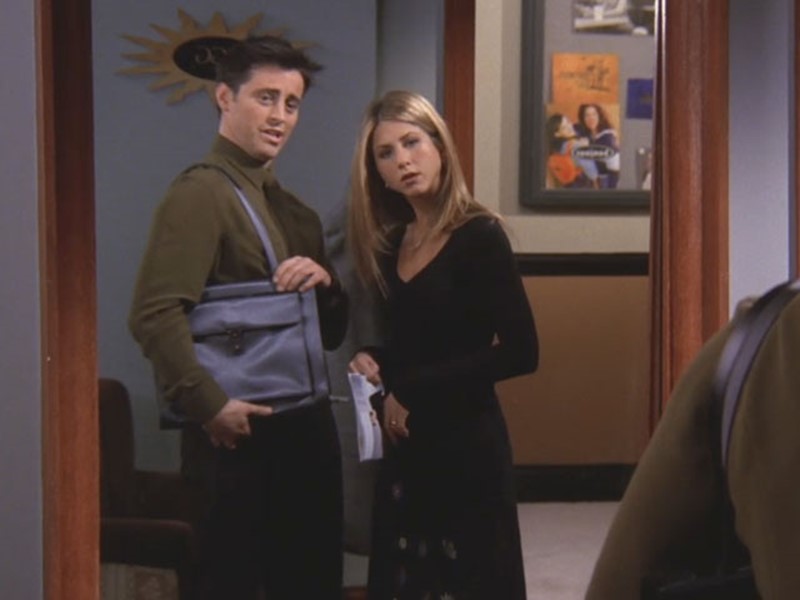
Jason Karaian wrote about the rise of the man-purse:
- The global market for man purses is estimated to be worth $9 billion a year.
- Sales of man purses have grown twice the rate of the overall luxury industry.
- This is in part due to the rise of the east – there the purchasing power disparity between men and women is greater than in the west, and so men have the cash to afford thousand-dollar bags.
- Bags and other accessories are popular because they’re seen as an entry point into the luxury market. An individual might not be able to afford a branded coat but at least they can afford a branded bag.
- In regions like Australasia the sales of male purses are expected to grow three times as fast as those of female ones.
- In the Middle East the market for male purses is expected to grow 62% by 2018.
See a chart that shows where the male purse is expected to see the most growth, alternative names for the male purse (murse anyone?), and photos of men showing off their latest bag over here.
Source: Quartz

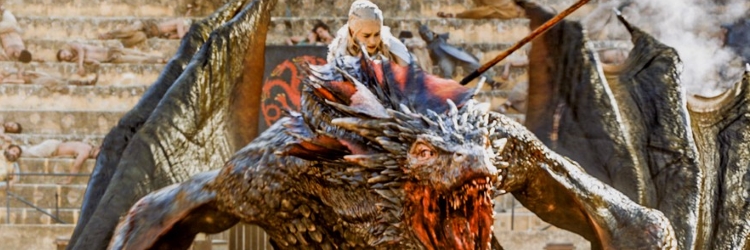






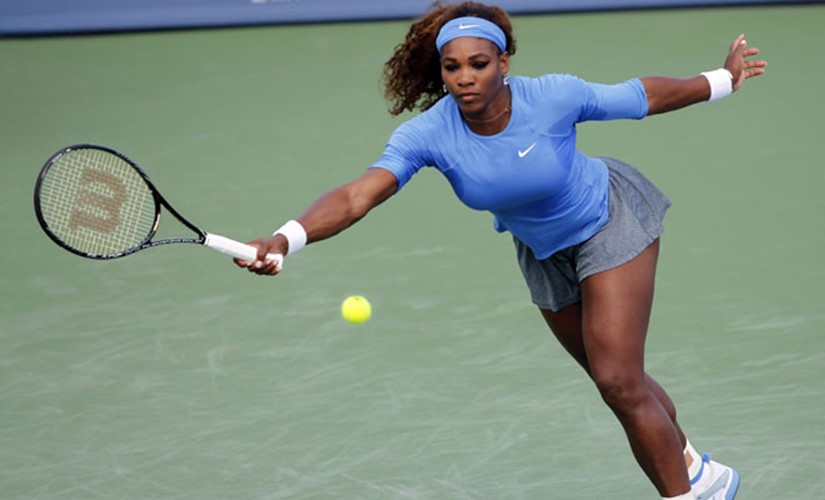


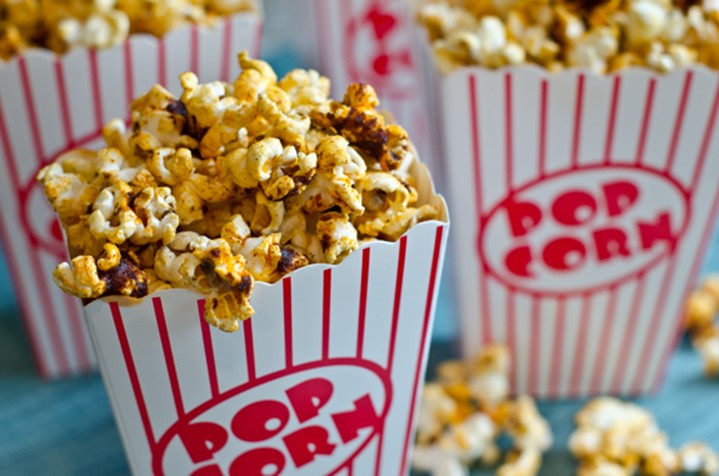

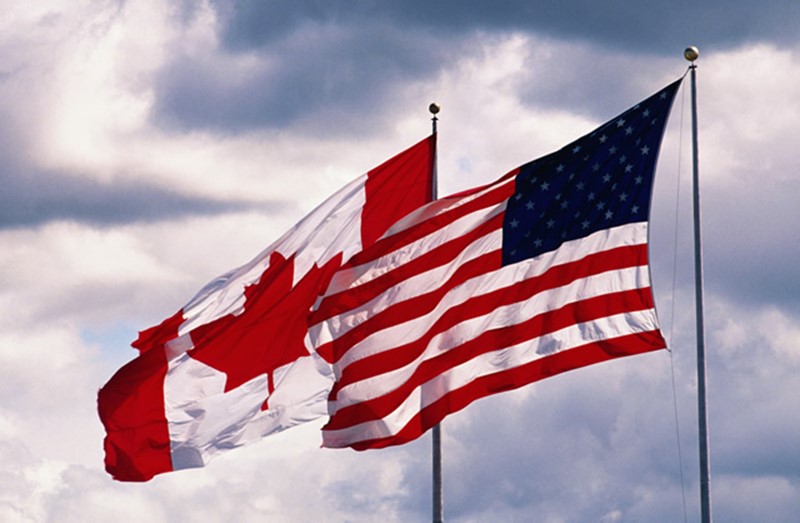
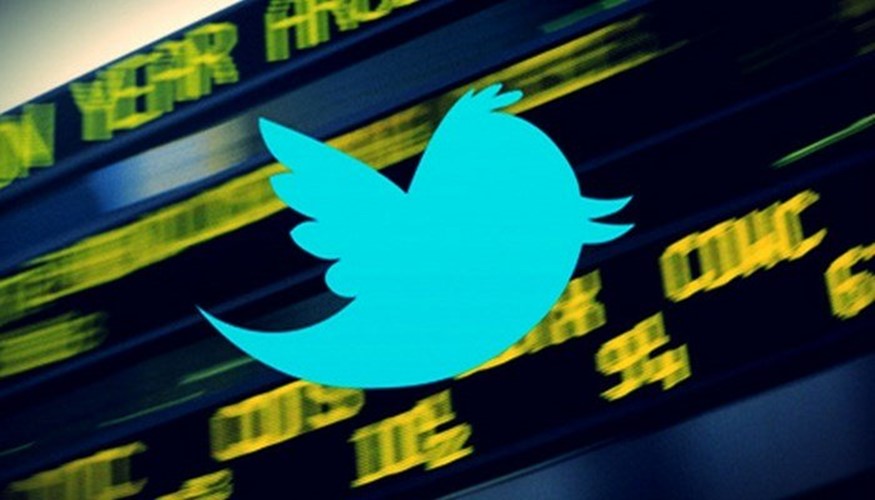

Join the Discussion! (No Signup Required)